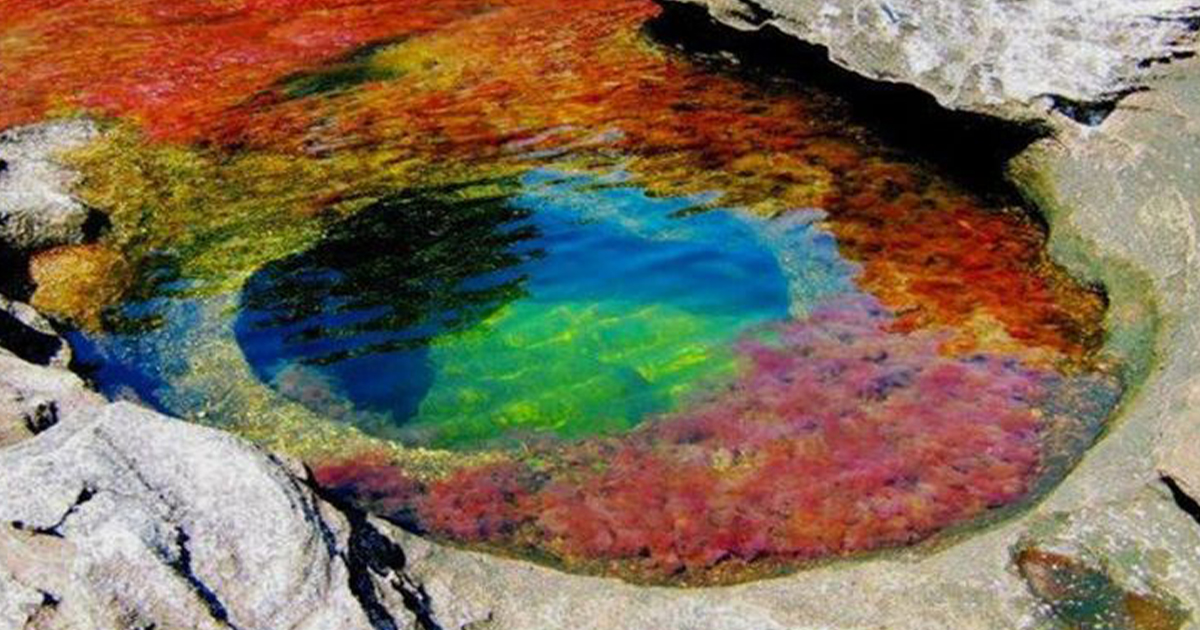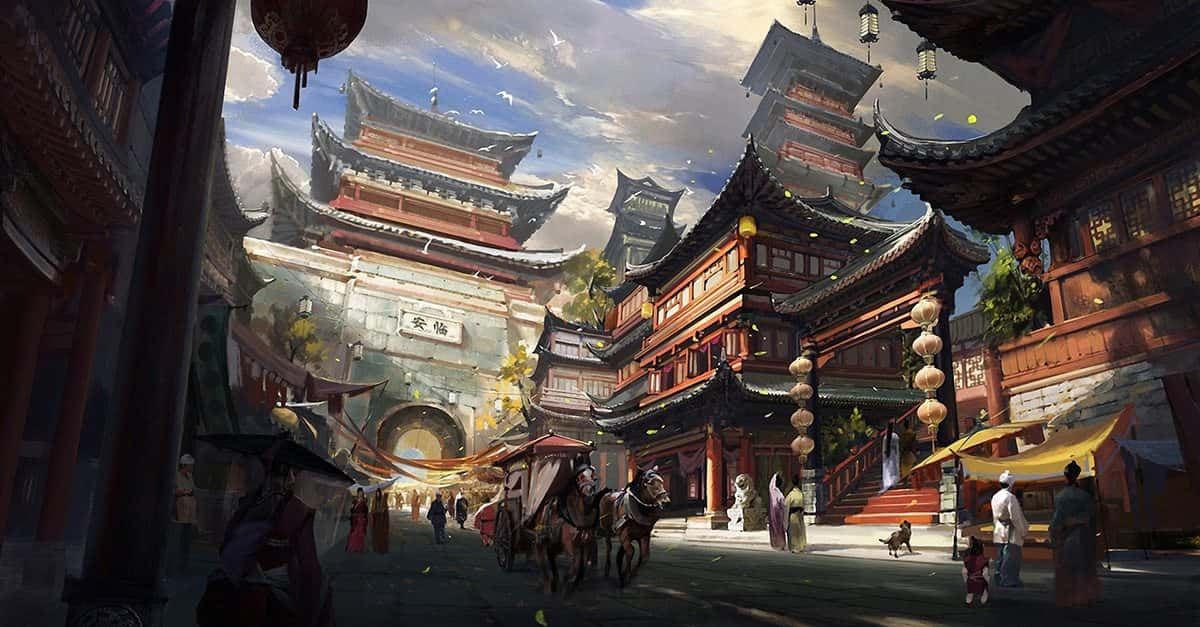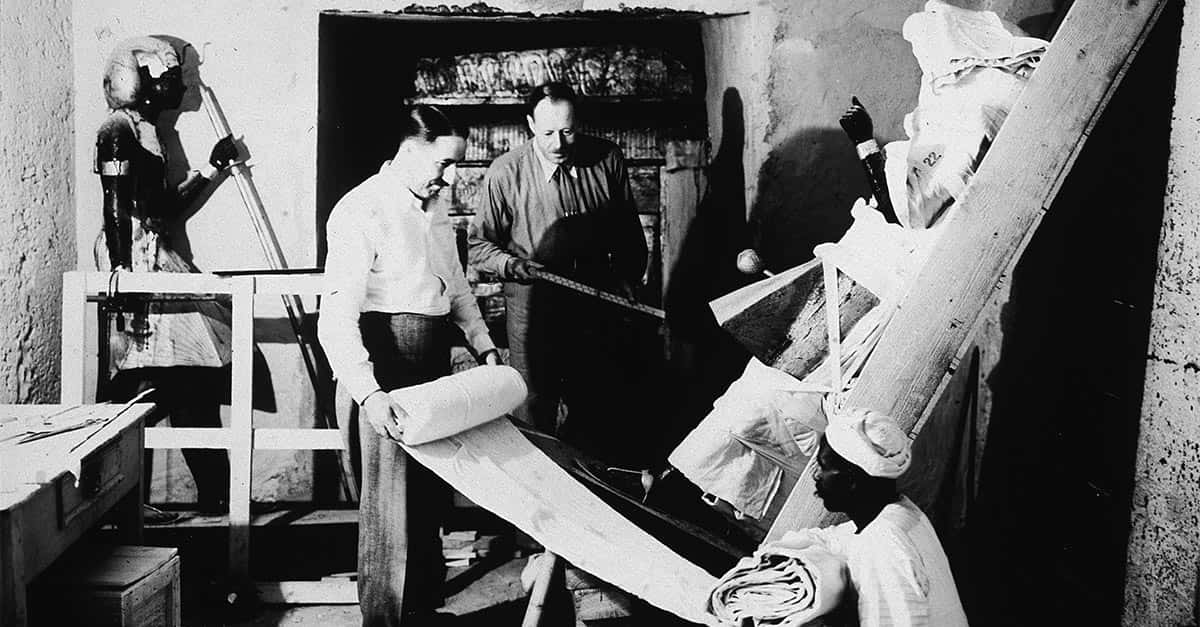Where Did They Go?
Though we've managed to find many of history's lost cities, others have yet to be discovered. Legends and textual references make these hidden cities some of history's greatest mysteries.

Lyonesse
According to legend, Lyonesse connected the Isles of Scilly to the western part of Cornwall. It was an important slice of land known for its gorgeous inhabitants, 140 churches, and lush soil. But on one fateful night, it became a victim of the sea.
Lyonesse: The Bells Are Still Ringing
Since the alleged loss of Lyonesse, there have been reports of bells ringing along Cornwall's West Coast. The lost city has surfaced in written texts like the Arthurian legend of Tristan and Iseult, as well as Celtic mythology.
 Tom Corser, CC BY-SA 2.0 UK, Wikimedia Commons
Tom Corser, CC BY-SA 2.0 UK, Wikimedia Commons
Iram Of The Pillars
Iram of the Pillars is an alleged lost city in the Arabian Desert. Similar to Atlantis, this city existed hundreds of years ago and was supposedly a paradise.
 Jens Heimdahl, CC BY-SA 4.0 Wikimedia Commons
Jens Heimdahl, CC BY-SA 4.0 Wikimedia Commons
Iram Of The Pillars: Lost In The Desert
Iram of the Pillars has been written about in the Qur'an and other sources, and scholars and believers suspect that it's buried beneath the sand—forever lost to time.
Lothal
Lothal is a lost city in India—once part of the ancient Indus Valley civilization. However, Lothal isn't completely lost. A portion of the city has been discovered and excavated, and yet it is still steeped in mystery.
 Abhilashdvbk, CC BY-SA 3.0, Wikimedia Commons
Abhilashdvbk, CC BY-SA 3.0, Wikimedia Commons
Lothal: It Has A Dark Meaning
Part of the superstition surrounding Lothal has to do with its name, which means "the mound of the dead." According to speculation, the city was once an important center for farming, trade, and capitalism. However, the fate of Lothal—and why the city fell to ruin—remains unknown.
 Prof Ranga Sai, CC BY-SA 4.0 , Wikimedia Commons
Prof Ranga Sai, CC BY-SA 4.0 , Wikimedia Commons
El Dorado
El Dorado might be the most famous lost city of all. For decades, its tantalizing legend has attracted treasure hunters and explorers. After all, it's known for its unbelievable riches—a city rumored to be filled with gold.
 Pedro Szekely, CC BY-SA 2.0, Wikimedia Commons
Pedro Szekely, CC BY-SA 2.0, Wikimedia Commons
El Dorado: The King Wore Gold Dust
Reportedly, Spanish Conquistadors went looking for the kingdom of El Dorado in the Andes Mountains. They'd heard stories about the king coating himself in gold dust. It was around this time that the city disappeared.
 DreamWorks, The Road to El Dorado (2000)
DreamWorks, The Road to El Dorado (2000)
El Dorado: Explorers Can't Find It
Many explorers have tried and failed to locate El Dorado: Gonzalo Pizarro, Francisco de Orellana, Gonzalo Jimenez de Quesada.
 DreamWorks, The Road to El Dorado (2000)
DreamWorks, The Road to El Dorado (2000)
El Dorado: Found Along The Way
Though many doubt that the golden city of El Dorado is even real, many other lost cities have been discovered in the attempt to find it. There is still hope.
 DreamWorks, The Road to El Dorado (2000)
DreamWorks, The Road to El Dorado (2000)
Kalahari
The lost city of Kalahari may, or may not, have existed. The region where it's believed to be buried is far-reaching. The Kalahari Desert covers 350,000 square miles, and reaches South Africa, Namibia, and Botswana.
 Hansm, CC BY-SA 3.0 ,Wikimedia Commons
Hansm, CC BY-SA 3.0 ,Wikimedia Commons
Kalahari: The Search Began
In 1885, the explorer William Leonard made a shocking claim: He'd found a lost civilization in the Kalahari Desert. That's when the search began. Since then, close to 30 explorations have gone into the desert, looking for answers.
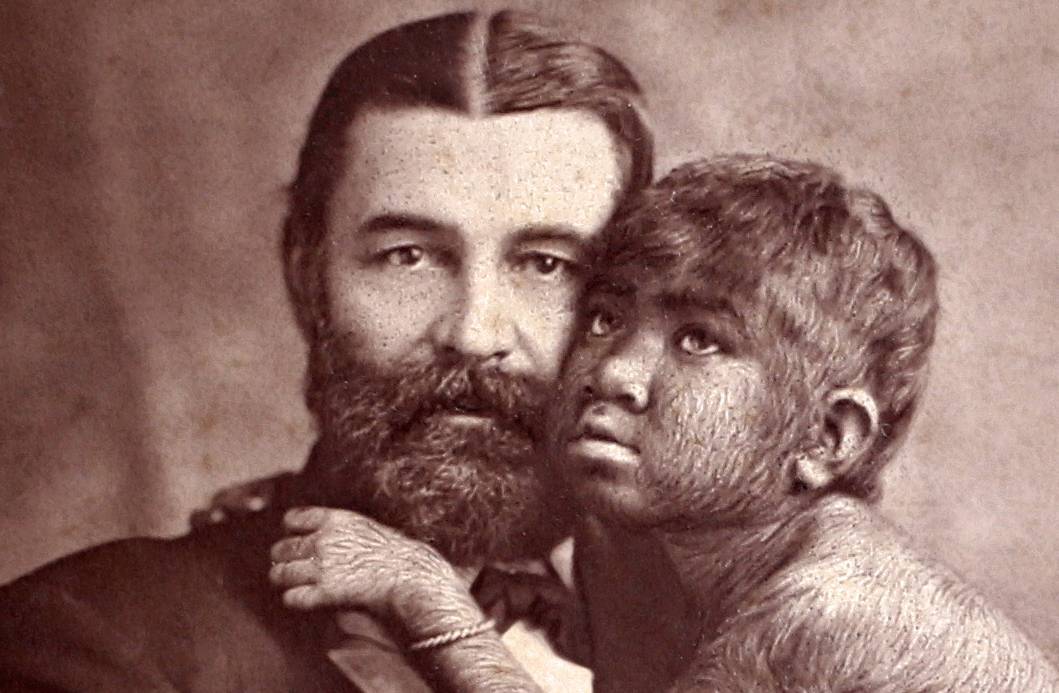 W & D Downey, Wikimedia Commons
W & D Downey, Wikimedia Commons
Kalahari: An Honest Mistake
Although nothing substantiating has been uncovered, some strange rock formations point to a possible explanation. Some believe that these rock formations may have sparked the original legend, as they look like city walls.
 The National Archives UK, Wikimedia Commons
The National Archives UK, Wikimedia Commons
The Lost City Of Z
Colonel Percy Fawcett made an intriguing discovery in 1920. At the National Library of Rio De Janeiro, he found a document from 1753 that had been written by a Portuguese explorer.
 Pictorial Parade, Getty Images
Pictorial Parade, Getty Images
The Lost City Of Z: Deep In The Jungle
This Portuguese explorer claimed to have found a lost city, which he called the Lost City of Z. It was located in the Amazon rainforest's Mato Grosso region.
 Amazon Studios, The Lost City Of Z (2017)
Amazon Studios, The Lost City Of Z (2017)
The Lost City Of Z: Shocking Descriptions
According to the explorer's description, the Lost City of Z had multi-storied architecture, sprawling roads, and large stone arches.
 Amazon Studios, The Lost City Of Z (2017)
Amazon Studios, The Lost City Of Z (2017)
The Lost City Of Z: A Dangerous Mission
After finding this manuscript, Colonel Percy Fawcett set out on a mission to find the lost city. He and his team went into the depths of the Matto Grosso jungle... but they were never seen again.
 jose donizetti dias, CC BY-SA 3.0, Wikimedia Commons
jose donizetti dias, CC BY-SA 3.0, Wikimedia Commons
The Lost City Of Z: They Were Never Found
The disappearance of Colonel Percy Fawcett and his crew made history. Tragically, although rescue efforts were made to find the lost explorers, none were successful.
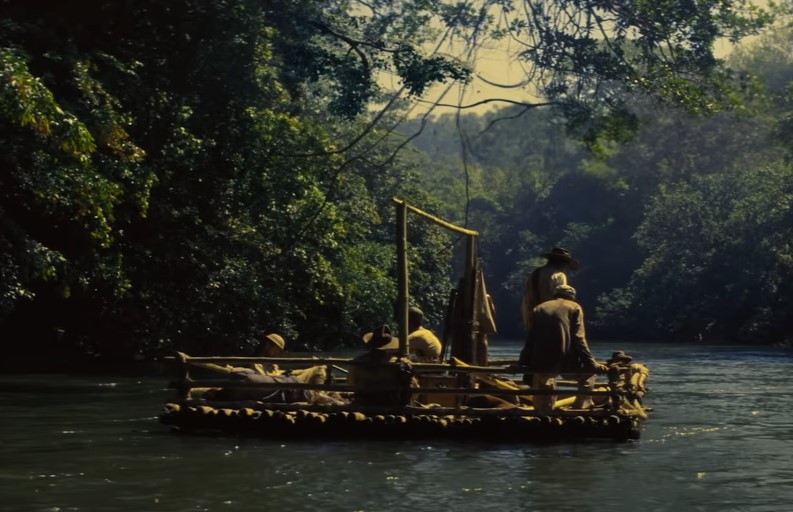 Amazon Studios, The Lost City Of Z (2017)
Amazon Studios, The Lost City Of Z (2017)
Thinis
Egypt has many lost cities, but Thinis was especially powerful as it was the capital throughout Ancient Egypt's first dynasty. Historical records reveal that the city didn't survive after Memphis became the capital instead.
 AntiguoEgipto.org, CC BY-SA 2.5, Wikimedia Commons
AntiguoEgipto.org, CC BY-SA 2.5, Wikimedia Commons
Thinis: There Are Many References To It
There's good reason to believe that Thinis was far more than just a legend. Proof of its existence can be found in the Egyptian Book of the Dead. It has also been written about by numerous authors, including the Egyptian priest Manetho.
Thinis: Still Out There Somewhere
It's important to note that early Egyptians referred to the city as Tjenu. Though it's believed to be near Abydos, its archaeological site has never been discovered.
 isawnyu, CC BY 2.0, Wikimedia Commons
isawnyu, CC BY 2.0, Wikimedia Commons
Atlantis
Over 2,000 years ago, Plato recounted the popular legend of Atlantis. Established by those were half human and half god, this powerful civilization was pulled into the depths of the sea. All of its people and rumored gold were lost.
 Nicholas Roerich, Wikimedia Commons
Nicholas Roerich, Wikimedia Commons
Atlantis: Fact Or Fiction?
As sensational and alluring as the story of Atlantis is, there is a good chance that it's simply one of Plato's fictional tales. According to the philosopher, Atlantis was quite sizable—comparable to northern Africa and part of Turkey.
Atlantis: Has Its Roots In Greek Mythology
The name Atlantis is derived from Greek mythology as the son of Poseidan was named Atlas—the Atlantic Ocean's namesake.
Ubar
Also known as the Atlantis of the Sands, the city of Ubar is one of Dubai's greatest legends. As the story goes, God brought it to ruin, and it remains lost beneath the desert sands.
 9591353082, CC BY-SA 3.0 , Wikimedia Commons
9591353082, CC BY-SA 3.0 , Wikimedia Commons
Ubar: It May Already Have Been Found
Archaologists have speculated that Ubar may have been more like a region than a city. The estimated time period ranges from 2,800 BC to 300 AD.
Some believe that the ruins of Shisr might actually be Ubar, but there's still no way to authenticate this theory.
 Ulf Rydin, CC BY-SA 4.0, Wikimedia Commons
Ulf Rydin, CC BY-SA 4.0, Wikimedia Commons
Thule
The Greek explorer Pytheas is responsible for the legend of Thule. He described a mystical land where the sun doesn't set in the summer and never rises in the winter.
 Rvalette, CC BY-SA 3.0 , Wikimedia Commons
Rvalette, CC BY-SA 3.0 , Wikimedia Commons
Thule: It Was A Mystery To Them
Pytheas's description of Thule aligned with the realities of many Nordic nations, but this would have been a mystery to those living in the Mediterranean at the time.
Thule: Some Say It's Greenland Or Iceland
Therefore, many believe that Pytheas was simply describing what we know now as Greenland or Iceland. Others, however, aren't too sure—and theorize that the real Thule is still out there.
 Jensbn, CC BY-SA 3.0, Wikimedia Commons
Jensbn, CC BY-SA 3.0, Wikimedia Commons
Aztlan
Aztlan is considered the origin place of the Aztecs—but it has never been found. Its name means "place of herons" or "place of whiteness," which coincides with the stunning descriptions of the city.
 Unknown Author, Wikimedia Commons
Unknown Author, Wikimedia Commons
Aztlan: The Animals Thrived
Aztlan was supposedly a gorgeous island known for its wildlife. The waters were rich with gorgeous fish, while duck and herons roamed the land. There were also colorful birds. So what happened to this rich city?
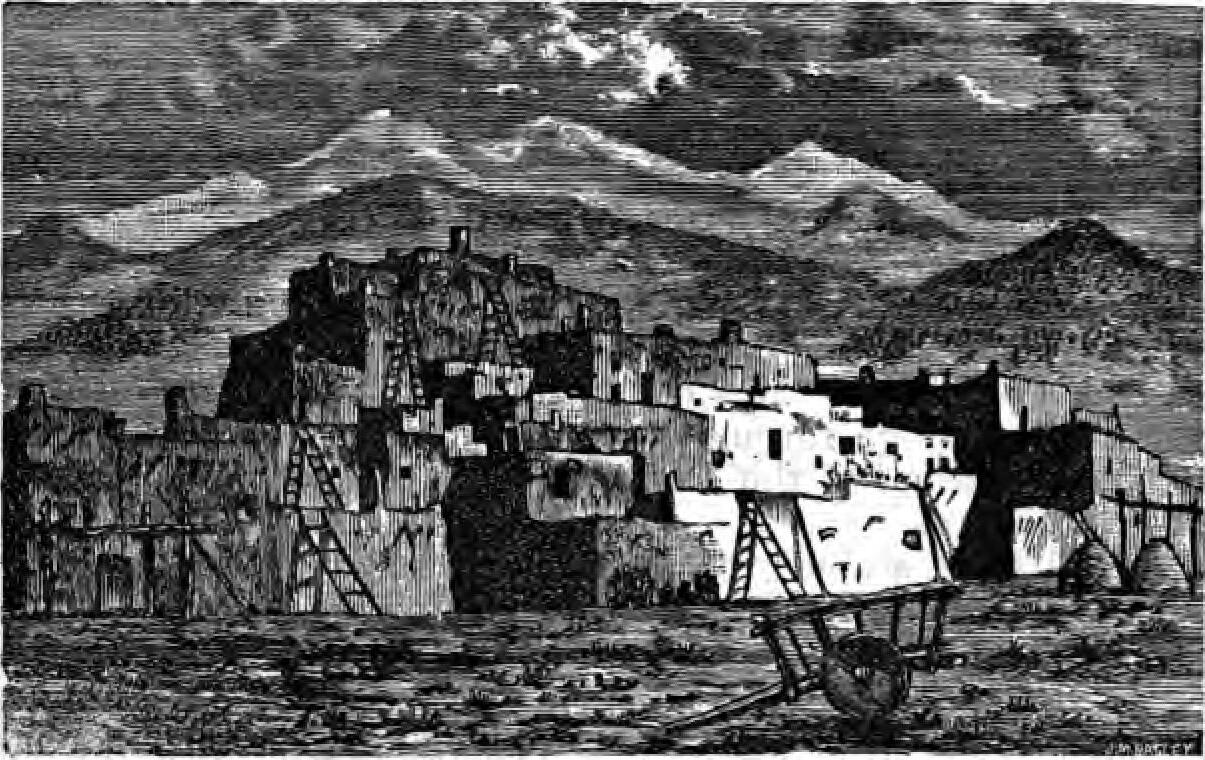 William Gillet Ritch, Wikimedia Commons
William Gillet Ritch, Wikimedia Commons
Aztlan: They Moved Away
Allegedly, when the inhabitants of Aztlan moved to what is now the Valley of Mexico, the city faded into obscurity and was lost to time. Though many have searched for the lost city in Western Mexico and Utah, nothing has been discovered.
 Juan Manuel Rodriguez, Shutterstock
Juan Manuel Rodriguez, Shutterstock
The Roanoke Colony
Located off the coast of North Carolina, the Roanake Colony was founded in 1585—but these days, it's better known as the Lost Colony.
 Unknown Author, Wikimedia Commons
Unknown Author, Wikimedia Commons
The Roanoke Colony: An Unexplainable Disappearance
In 1590, a supply ship returned to the colony, only to make a disturbing discovery: all of the inhabitants had vanished. However, there was one clue left behind.
 Universal History Archive, Getty Images
Universal History Archive, Getty Images
The Roanoke Colony: There Was One Clue
Chillingly, someone had carved a word into one of the posts, reading "Croatoan." The disappearance of the colonists sparked some chilling theories.
 William James Linton, Wikimedia Commons
William James Linton, Wikimedia Commons
The Roanoke Colony: Wild Theories
Some believed that the colonists had been taken out by Native Americans, while others wondered if they'd assimilated into local tribes. Some even theorized that pirates had kidnapped them.
 John Parker Davis, Wikimedia Commons
John Parker Davis, Wikimedia Commons
Dilmun
Dilmun is a lost, utopian city. According to descriptions, it was renowned for its lovely gardens and fresh water, which reportedly smelled sweet.
 Rapid Travel Chai, CC BY 3.0, Wikimedia Commons
Rapid Travel Chai, CC BY 3.0, Wikimedia Commons
Dilmun: A Point Of Debate
The city was said to be one of Mesopotamia's biggest trading partners, but its exact location has always been a mystery. Some argued that it was near the Arabian Gulf, but today, many think it was closer to Bahrain—even stretching to Qatar, Kuwait, and easter Saudia Arabia.
 Dr Ajay Kumar Singh, Shutterstock
Dr Ajay Kumar Singh, Shutterstock
Dilmun: Archaelogists Have Not Found A Site
In historical texts, Dilmun existed between 3,300 BC and 556 BC. However, archeologists have not yet found a site that matches this timeline.
 Metropolitan Museum of Art, Wikimedia Commons
Metropolitan Museum of Art, Wikimedia Commons
Cahokia
Cahokia is one of America's enduring mysteries. It was a powerful city before Columbus even made it to the west. Its location? Where southern Illinois is today.
 Skubasteve834, CC BY-SA 3.0, Wikimedia Commons
Skubasteve834, CC BY-SA 3.0, Wikimedia Commons
Cahokia: A Sophisticated Society
Established by Native Americans, Cahokia was a sophisticated place of farming, hunting, and trade. They even had urban planners who mapped out the city based on astronomical alignments.
 W. R. Brink & Co., Wikimedia Commons
W. R. Brink & Co., Wikimedia Commons
Cahokia: Its Abandonment Defies Explanation
At its peak, Cahokia had a population of around 10,000 to 20,000 inhabitants—and yet for some mysterious reason, it was mostly abandoned by 1350.









